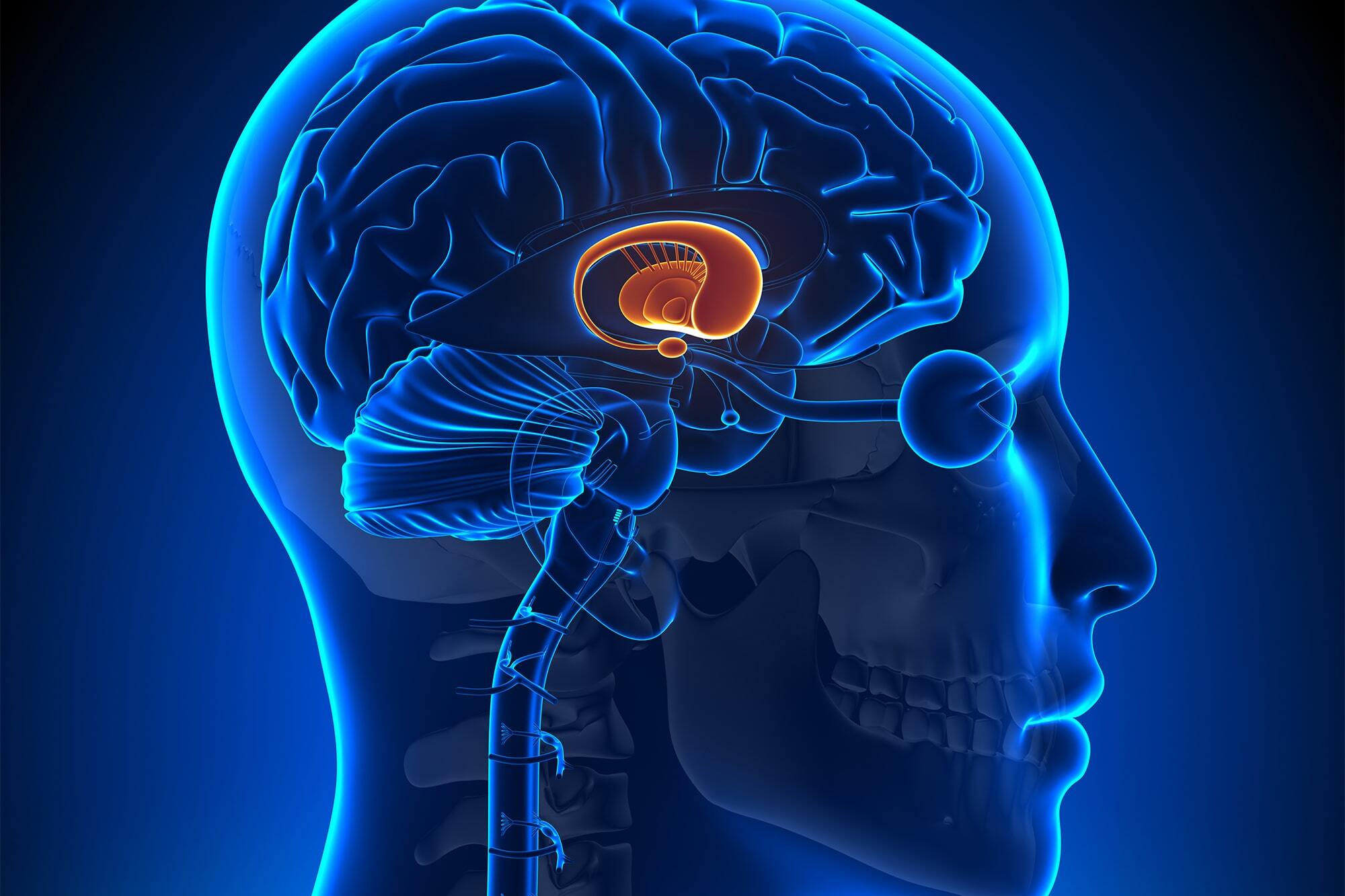
Heerfordt Syndrome, also known as Heerfordt-Waldenström Syndrome, is a rare condition linked to sarcoidosis, an inflammatory disease affecting multiple body parts. Named after Danish physician Alfred Heerfordt, who first described it in 1909, this syndrome presents with a unique set of symptoms. These typically include uveitis (eye inflammation), parotiditis (swelling of the parotid gland), fever, and sometimes neurological issues. Although the exact cause remains unclear, it's believed to stem from an abnormal immune response. Diagnosing Heerfordt Syndrome involves clinical evaluations, lab tests, and imaging studies. Treatment usually focuses on managing symptoms and reducing inflammation, often with corticosteroids. Understanding this condition is crucial for those affected and their caregivers.
What is Heerfordt Syndrome?
Heerfordt syndrome, also known as Heerfordt-Waldenström syndrome, is a rare condition linked to sarcoidosis. It presents with a unique set of symptoms that can affect multiple parts of the body. Here are 25 facts to help you understand this complex condition better.
-
Definition and Etiology
Heerfordt syndrome is a variant of sarcoidosis, an inflammatory disease. Named after Danish physician Alfred Heerfordt, it was first described in 1909. The exact cause remains unknown but is believed to involve an abnormal immune response. -
Incidence
This syndrome is rare, with its incidence not well-documented. It occurs in a small percentage of sarcoidosis patients. Sarcoidosis itself affects about 1 in 100,000 people in the U.S.
Symptoms of Heerfordt Syndrome
The symptoms can vary widely, making diagnosis challenging. Here are the common ones:
-
Uveitis
Inflammation of the uvea, the eye's middle layer, causing redness, pain, and vision problems. -
Parotiditis
Inflammation of the parotid gland, leading to swelling and pain near the jaw. -
Fever
Patients often experience elevated body temperature. -
Neurological Symptoms
These can include headaches, confusion, and seizures. -
Skin Lesions
Rashes or nodules may appear on the skin. -
Lymphadenopathy
Swelling of lymph nodes is common.
Diagnosing Heerfordt Syndrome
Diagnosing this syndrome involves a mix of clinical evaluation, lab tests, and imaging studies.
-
Diagnostic Criteria
Key criteria include uveitis and parotiditis, elevated inflammatory markers, and non-caseating granulomas in tissues. -
Laboratory Tests
Blood tests check for elevated inflammatory markers. Imaging studies like chest X-rays or CT scans evaluate lung involvement. Biopsies confirm non-caseating granulomas. -
Imaging Studies
Chest X-rays and CT scans assess lung and mediastinal involvement. MRI scans evaluate neurological symptoms. -
Histopathological Findings
Non-caseating granulomas are characteristic. Biopsy samples from affected tissues like the parotid gland or lymph nodes provide a definitive diagnosis.
Treatment Options
Managing Heerfordt syndrome focuses on reducing inflammation and managing symptoms.
-
Corticosteroids
Prednisone is commonly used to reduce inflammation. -
Immunosuppressive Agents
These may be prescribed for severe cases or those resistant to corticosteroids. -
Antibiotics
Used if secondary infections are suspected.
Prognosis and Complications
The prognosis varies widely, depending on the extent of organ involvement and response to treatment.
-
Prognosis
Mild cases may resolve with supportive care. Severe cases may require long-term immunosuppressive therapy. -
Complications
Untreated or inadequately treated cases can lead to visual impairment, respiratory failure, and neurological sequelae.
Differential Diagnosis
Differentiating Heerfordt syndrome from other conditions is crucial.
-
Sarcoidosis
The most common differential diagnosis. -
Lupus
Another autoimmune disease with similar symptoms. -
Tuberculosis
A bacterial infection that can mimic sarcoidosis.
Factors Influencing Heerfordt Syndrome
Several factors may influence the development and progression of this syndrome.
-
Genetic Factors
No clear genetic predisposition, but some studies suggest a possible genetic component in sarcoidosis development. -
Environmental Factors
Exposure to certain chemicals or pollutants may trigger sarcoidosis and Heerfordt syndrome, though this is not well-established.
Demographics and Age of Onset
Understanding who is most affected can help in early diagnosis and treatment.
-
Demographics
It can affect any demographic group but is more commonly reported in women and individuals of African descent. -
Age of Onset
Typically ranges from 20 to 50 years, though it can occur at any age.
Clinical Variants and Treatment Challenges
There are several clinical variants, and treatment can be challenging.
- Clinical Variants
Includes Löfgren syndrome, characterized by erythema nodosum and bilateral hilar lymphadenopathy, and neurosarcoidosis, involving the central nervous system.
Treatment challenges include managing side effects of corticosteroids and immunosuppressive agents, as well as monitoring for potential complications like osteoporosis and infections.
Final Thoughts on Heerfordt Syndrome
Heerfordt syndrome, a rare variant of sarcoidosis, presents unique challenges with its mix of uveitis, parotiditis, and other symptoms. Understanding its causes, symptoms, and treatment options is crucial for effective management. Diagnosis involves clinical evaluation, lab tests, and imaging studies, while treatment often includes corticosteroids and immunosuppressive agents. Though rare, complications like visual impairment and respiratory failure can arise if not properly managed. A multidisciplinary approach and patient education play vital roles in improving outcomes. Ongoing research and clinical trials aim to uncover better treatments and a deeper understanding of this condition. By staying informed and proactive, patients and healthcare providers can work together to manage Heerfordt syndrome effectively, ensuring a better quality of life.
Was this page helpful?
Our commitment to delivering trustworthy and engaging content is at the heart of what we do. Each fact on our site is contributed by real users like you, bringing a wealth of diverse insights and information. To ensure the highest standards of accuracy and reliability, our dedicated editors meticulously review each submission. This process guarantees that the facts we share are not only fascinating but also credible. Trust in our commitment to quality and authenticity as you explore and learn with us.


